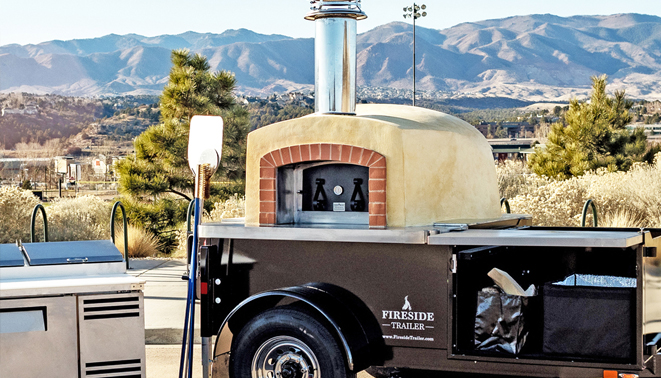I have not yet decided which oven to get, exactly, but have a question about a sand layer underneath. One importer and some home-brew enthusiasts suggest a 4" support slab topped by 3" of sand topped by another 3" of cement topped by the fire bricks of the oven bottom. One disadvantage posted elsewhere on this forum said that if the sand got wet it would take a long time to bake it dry. Other pros and cons? I'm also interested what folks think about at which level in the sandwich it would be appropriate to add ceramic insulation board.
Any guidance appreciated.
Brian
Any guidance appreciated.
Brian





 ).
). .
.

Comment